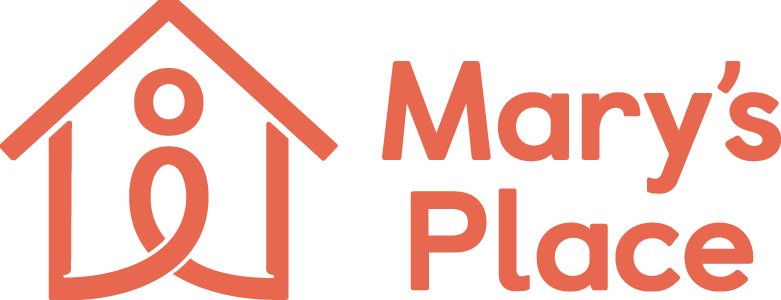We can, and must, keep families in their homes
Rachel and Jackson Smith (not their real names) have four children between the ages of 11 and 19. Jackson uses a wheelchair as a result of a stroke. Mary's Place helped the Smiths move to a new home in early 2019. Rachel was working then but lost her job as a school bus driver when schools closed due to COVID-19. She is still looking for work while caring for Jackson and her children. It’s been difficult, and she's anxious about the debt they are accumulating. She’s afraid they'll lose their home when the eviction moratorium ends.
Unless we act quickly to keep families in their homes and prevent homelessness with assistance programs scaled to meet the need, thousands of families like the Smiths will face homelessness.
We know that keeping a family housed is safer and more cost-effective than homelessness. At Mary's Place, we recently connected with nearly 200 families who received our services and moved into housing over the last two years. Of those, 93% are still in their homes today, but more than 50% of these families are behind on rent. Families of color had higher rates of being in arrears, with 57% reporting being one or more months behind - most of those, single Black mothers, compared to 44% of white families. Of this group of our past guests, the average amount a family needed to resolve their debt is about $3,500.
The US Census Bureau reports more than 200,000 renters in Washington state are behind on rent. There is growing concern that evictions will have profound impacts on education and achievement. Research has shown the link between homelessness, poor school attendance, and diminished educational outcomes. A strong indicator of future homelessness is the lack of a high school degree or GED. Not surprisingly, data also shows that evictions have resulted in increasing numbers of COVID-19 illness and death.
We need to act now. The amount of shelter funding and rental assistance being considered by state and federal policymakers is a good start, but it must come quickly and almost certainly won’t be enough to meet the significant need.
An effective response is three-pronged: prevention resources to keep families in their homes, flexible funding to help families who have lost housing move back into housing quickly, and shelter scaled to meet the need.
If it's too late to prevent homelessness with rental assistance, equally important is flexible funding to help families, many unsheltered in cars and tents, address financial barriers like past debt or a deposit and move back into housing quickly.
Shelter capacity is critically low due to COVID, safe distancing, and extended shelter stays as businesses are forced to lay off staff and cut hours, and families see their housing goals become harder to reach. Many days there are families who call looking for help, and there is not a warm bed to offer. We must right-size the amount of safe shelter available for families in emergency situations.
Without strategies to address these challenges and center families in the pandemic response, the result will be long-lasting and devastating. The negative impact on the healthy development and well-being of our community’s children will be felt for generations to come.
